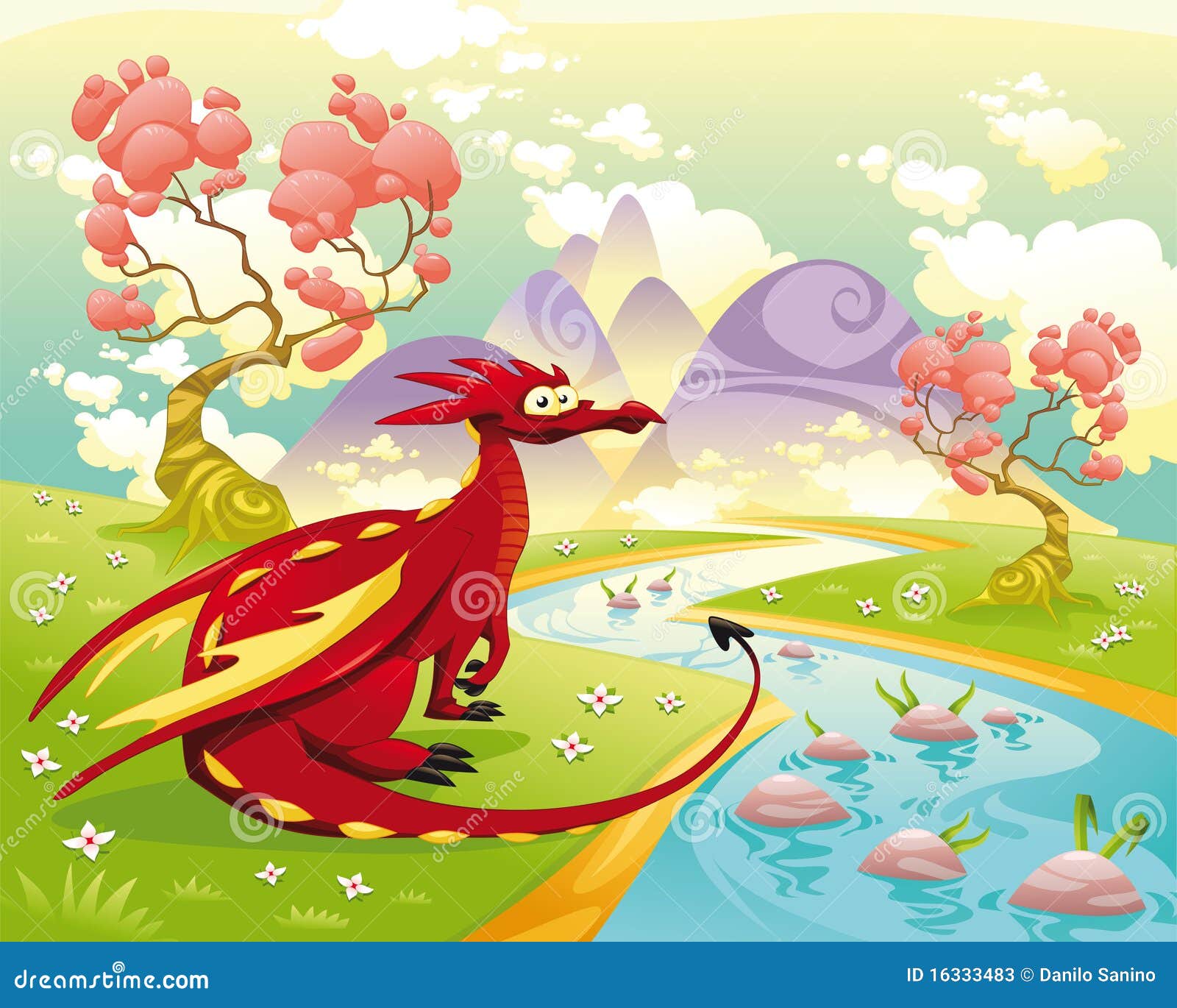

In total, the Asian dragon project took 15 days to build and install, with the class and 26 other volunteers putting in close to 1,200 hours of labor to complete the task. After cleaning the culms, the class divided up into teams and proceeded to build the various component parts, with the construction taking place in front of Kilgore Hall. The class harvested over 100 bamboo culms from a grove in Durham. The class chose the idea submitted by Justin Durango, a Chinese dragon flowing in and out of the ground plane, and consisting of a 9-foot-tall head, three body loops, and an 8-foot-long tail with a rotating double spiral ending. The dramatic sculpture is made primarily of bamboo.Īs usual, everyone in the class, including Hooker and Spafford, submitted their ideas for the sculpture in the form of sketches. This spring, the JC Raulston Arboretum commissioned Hooker’s class, co-taught this semester with Anne Spafford, to build a sculpture to commemorate the opening of the new walk in its Asian Valley during this year’s Gala in the Garden. The studio is a required course in the Department of Horticultural Science’s Landscape Design Option.
#Chinese dragon landscape how to
The increasingly ambitious projects give students hands-on experience with construction and help them learn how to turn design ideas into reality. “Qingdai kouwai xinggong de youlai yu Chengde Bishu shanzhuang de fazhan guocheng.” Qingshi luncong 2 (1980): 286–319.Each semester in Will Hooker’s small-scale landscape design studio, students build a sculpture made primarily of bamboo. From Upper Camp to Mountain Villa: Recovering Historical Narratives in Qing Imperial Landscapes.” Studies in the History of Gardens & Designed Landscapes 33:4 (2013): 249–79. “Family Properties: Personal Context and Cultural Pattern in Wang Meng’s ‘Pien Mountains’ of 1366.” Ars Orientalis 13 (1982): 1–29. Learning from Las Vegas: The Forgotten Symbolism of Architectural Form.

Honolulu: University of Hawai‘i Press, 2000. Mapping Chengde: The Qing Landscape Enterprise. “The Limits of Tartary: Manchuria in Imperial and National Geographies.” Journal of Asian Studies 59:3 (2000): 603–46. Explore your threat landscape by choosing your APTs and Adversary Groups to learn more about them, their origin, target industries and. Berkeley: University of California Press, 1999. A Translucent Mirror: History and Identity in Qing Imperial Ideology. Madison: University of Wisconsin Press, 1998. Fruitful Sites: Garden Culture in Ming Dynasty China. Cambridge, MA: Harvard University Asia Center, 2007. A Court on Horseback: Imperial Touring and the Construction of Qing Rule, 1680–1785. Berkeley: University of California Press, 1984. “Spatial Stories.” In Michel de Certeau, The Practice of Everyday Life, translated by Steven Rendall, 115–130. Cambridge, MA:Harvard University Press, 1982. The Compelling Image: Nature and Style in Seventeenth-Century Chinese Painting.


 0 kommentar(er)
0 kommentar(er)
